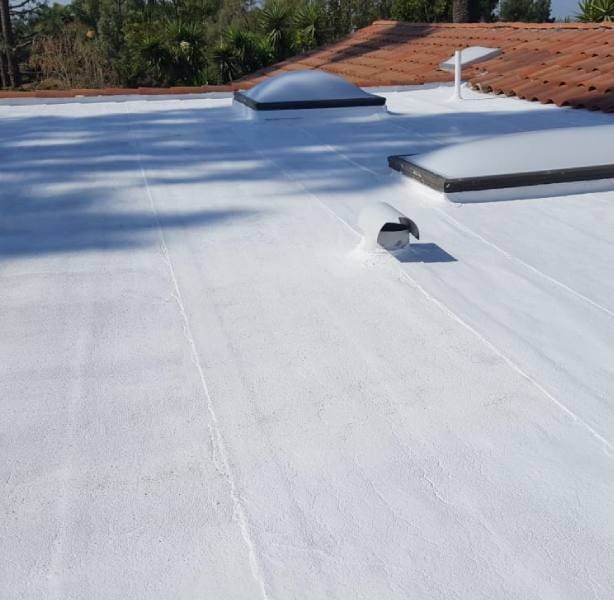How Do You Calculate Roof Repair Cost?
Introduction
When it comes to maintaining the integrity of your home, roof repair is one of the most critical components. Over time, even the sturdiest roofs can develop issues ranging from minor leaks to significant structural damage. Understanding how to calculate roof repair cost effectively can save you both time and money. But how do you go about doing that? In this article, we’ll delve deep into the intricacies of roof repairs, breaking down various factors that contribute to repair costs and offering guidelines for homeowners and contractors alike.
The Importance of Calculating Roof Repair Costs
Calculating roof repair costs is essential for several reasons:
How Do You Calculate Roof Repair Cost?
So, how do you calculate roof repair cost? There are multiple factors at play here: the type of damage, the materials required for affordable roofing solutions repairs, labor costs, and even geographical location all influence the final price tag. Let's break these down into manageable parts.
Types of Roof Damage
1. Leaks and Water Damage
Leaks are a common issue that can lead to extensive water damage if not addressed promptly. The costs associated with repairing leaks typically include:
- Identification of leak source
- Replacement of damaged shingles or materials
- Potential interior restoration (drywall, insulation)
2. Structural Damage
If your roof has sagging or visible structural issues, you're looking at more extensive repairs. This often requires:
- Reinforcement of trusses
- Replacement of plywood sheathing
- Additional labor due to complexity
3. Storm Damage
Damage from storms can vary widely based on severity but generally includes:
- Removal of debris
- Assessment and replacement of affected roofing material
- Additional costs for emergency services
Material Costs
1. Shingle Types
Different materials come with different costs:
| Material Type | Average Cost per Square | |------------------|------------------------| | Asphalt Shingles | $90 - $100 | | Metal Roofing | $250 - $300 | | Tile Roofing | $400 - $500 |
Each material has its own lifespan and durability which affects long-term costs.
2. Underlayment and Flashing
Don’t forget about underlayment materials like felt paper or synthetic options which add additional layers of protection, as well as flashing around chimneys or vents.
Labor Costs
Labor is often where homeowners see significant variation in pricing, depending on:
- Location (urban vs rural)
- Contractor experience
- Complexity of the job
On average, labor can range from $50 to $150 per hour.
Geographical Considerations
Where you live can significantly impact roof repair costs due to variations in:
- Local labor rates
- Material availability
- Weather conditions affecting demand
Hidden Costs Associated with Roof Repairs
Even if you've calculated your expected expenses accurately, hidden costs may arise during the actual repair process:
Creating a Detailed Estimate for Roof Repairs
Creating a detailed estimate involves several steps:
Homeowner Responsibilities in Roof Repairs
As a homeowner, there are certain responsibilities you should take on during the roof repair process:
Choosing the Right Contractor for Your Roof Repair Needs
When it comes time to hire a contractor for your roofing project, consider these aspects:
1. Qualifications & Certifications
Always verify that your contractor holds proper licenses and certifications relevant to roofing work in your area.
2. Reviews & References
Check online reviews and ask for references from previous clients to gauge their reliability and quality.
3. Written Estimates
Get written estimates from multiple contractors so you can compare them effectively.
Frequently Asked Questions (FAQs)
Q1: What is the average cost per square foot for roof repair?
A1: Average costs can range between $5 to $10 per square foot depending on various factors like material type and local labor rates.
Q2: How long does it take to complete a typical roof repair?
A2: Most roof repairs can be completed within 1 to 3 days depending on complexity and weather conditions.
Q3: Can I do my own roof repairs?
A3: While DIY repairs may save money initially, it’s advisable only if you're experienced; otherwise, hiring a professional ensures safety and quality work.

Q4: Are there financing options available for major repairs?
A4: Yes! Many contractors offer financing plans or payment schedules; it's worth asking about these options upfront.

Q5: How often should I have my roof inspected?
A5: It's recommended that homeowners inspect their roofs at least once a year—more frequently after severe weather events.
Q6: What should I do if I find mold under my roofing material?
A6: It’s imperative to address mold immediately; contact professionals who specialize in mold remediation alongside roofing experts who can replace affected materials.
Conclusion
Understanding how to calculate roof repair cost not only empowers homeowners but also fosters trust between clients and contractors by ensuring transparency throughout the process. By being proactive—regularly inspecting roofs, understanding material choices, calculating expected expenses accurately—you'll be better prepared when those inevitable repairs arise.

In summary:
- Assess types of damage carefully,
- Gather multiple estimates,
- Communicate openly with contractors,
- Stay informed about local regulations, and you'll navigate your roofing needs confidently!
Whether you're facing minor leaks or significant storm damage, knowing how do you calculate roof repair cost will serve as an invaluable tool in safeguarding your most important investment—your home!